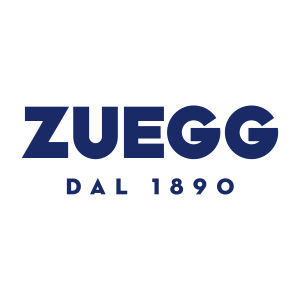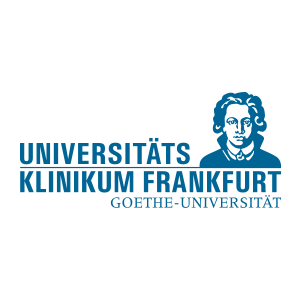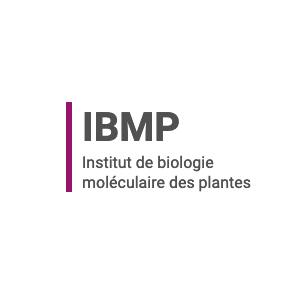At Frankfurt University Hospital, the introduction of PACS (Picture Archiving and Communication System) in 2006 marked the start of a fundamental restructuring of the central storage environment. A large part of the roughly 1.2 petabytes of data is held in a redundant, fail-safe and high-performance virtulized storage environment. For more than a decade, this has made it possible to respond flexibly to new requirements while also saving on costs.
An important function in the long-term use of the software solution has to do with migration, which is, on the one hand, guaranteed fail-safe through redundancy of data and systems and, on the other hand, is supported by integrated migration assistance. This ensured that hospital operations were able to continue without interruption during maintenance, when running updates to system status and when switching out hardware.
The DataCore software in use at the university hospital is currently in its third server generation; depending on the environment up to 8 storage generations have been employed, although older systems continue to be used for noncritical environments.



